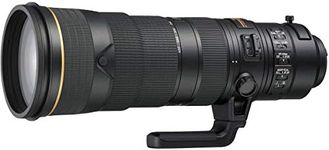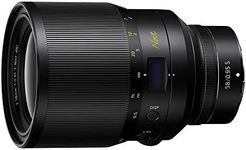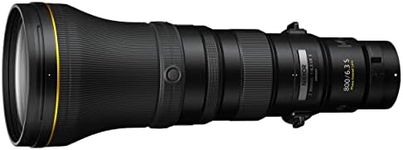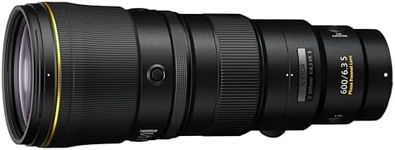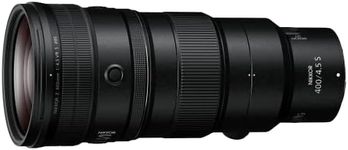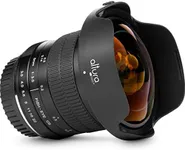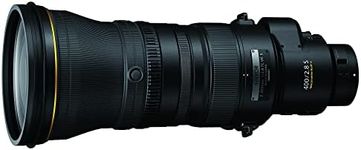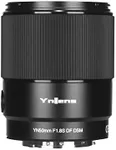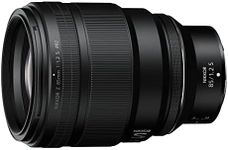Buying Guide for the Best Nikon Lenses
Choosing the right Nikon lens can significantly enhance your photography experience. The right lens will depend on what you plan to shoot, your skill level, and your camera body. Understanding the key specifications of lenses will help you make an informed decision that best suits your needs.Focal LengthFocal length is the distance between the lens and the image sensor when the subject is in focus, usually stated in millimeters (mm). It determines the angle of view and how much of the scene will be captured. Shorter focal lengths (e.g., 18mm) offer a wider field of view, ideal for landscapes and architecture. Medium focal lengths (e.g., 50mm) are great for portraits and everyday photography. Longer focal lengths (e.g., 200mm) are perfect for wildlife and sports photography. Choose a focal length based on the type of photography you are interested in.
ApertureAperture refers to the size of the opening in the lens through which light enters the camera. It is expressed as an f-number (e.g., f/2.8, f/4, f/5.6). A lower f-number means a larger aperture, allowing more light to enter, which is beneficial for low-light conditions and achieving a shallow depth of field (blurry background). Higher f-numbers mean smaller apertures, suitable for well-lit conditions and greater depth of field. If you often shoot in low light or want to create a bokeh effect, opt for lenses with a larger aperture (lower f-number).
Lens TypeNikon lenses come in various types, such as prime lenses (fixed focal length) and zoom lenses (variable focal length). Prime lenses are typically sharper and have larger apertures, making them ideal for portraits and low-light photography. Zoom lenses offer versatility, allowing you to cover a range of focal lengths without changing lenses, which is convenient for travel and event photography. Decide between prime and zoom lenses based on your need for flexibility versus image quality.
Image Stabilization (VR)Image stabilization, known as Vibration Reduction (VR) in Nikon lenses, helps reduce camera shake, allowing for sharper images, especially in low-light conditions or when using longer focal lengths. Lenses with VR are beneficial if you often shoot handheld or in situations where a tripod is not feasible. If you frequently shoot in such conditions, consider lenses with VR to improve image sharpness.
Lens MountThe lens mount is the interface between the camera body and the lens. Nikon uses different mounts, such as F-mount for DSLRs and Z-mount for mirrorless cameras. Ensure that the lens you choose is compatible with your camera body. If you have a DSLR, look for F-mount lenses, and for mirrorless cameras, opt for Z-mount lenses. Compatibility is crucial for the lens to function correctly with your camera.
AutofocusAutofocus (AF) capability in lenses determines how quickly and accurately the lens can focus on a subject. Nikon lenses come with different autofocus systems, such as AF-S (Silent Wave Motor) and AF-P (Pulse Motor). AF-S lenses are known for their quiet and fast focusing, suitable for still photography. AF-P lenses offer even faster and smoother focusing, ideal for video recording. Choose a lens with an autofocus system that matches your shooting style, whether it's stills or video.
